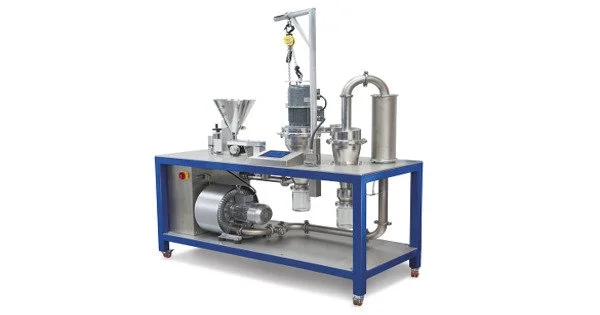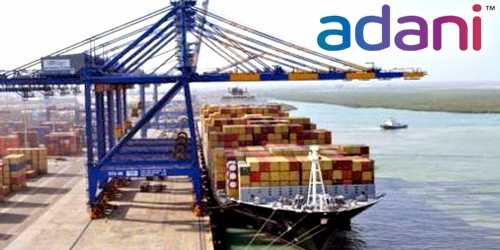An air classifier is an industrial machine that sorts materials based on size, shape, and density. It is a machine or device used in many sectors to separate materials according on particle size, shape, density, or other characteristics. It operates on the premise of using air as a carrier to transport and sort particles based on their physical properties. Air classifiers are widely utilized in several industries, including mining, cement, pharmaceuticals, food processing, and others.
How it works?
It operates by introducing the material stream that needs to be sorted into a chamber with a rising air column. Inside the separation chamber, air drag on the objects creates an upward force that counteracts gravity’s pull and elevates the material to be sorted into the air. Because air drag is determined by item size and shape, the objects in the moving air column are sorted vertically and can be separated in this fashion.
Air classifiers are useful in sectors such as cement, air pollution control, food processing, pigments, pharmaceutical, cosmetic, and chemical production. One example is municipal recycling centers, where different types of metal, paper, and plastics arrive mixed together and must be sorted before further processing can begin.
Here’s a general overview of how an air classifier operates:
- Feed Material Introduction: The material to be classified is introduced into the air classifier. This can be a mixture of particles of varying sizes and properties.
- Airflow: The classifier uses an air stream to transport and separate particles. The material is typically introduced into the air stream through a feed mechanism.
- Particle Separation: As the material is carried by the air, particles experience different forces based on their size, weight, and shape. The air classifier uses these forces to separate particles into different size fractions.
- Centrifugal or Drag Force: Depending on the design of the air classifier, centrifugal or drag forces can be employed to separate particles. Centrifugal classifiers rely on the centrifugal force to throw particles outward, while drag classifiers use the drag force induced by the air stream.
- Classification Chamber: The air classifier usually has a classification chamber where the separation process takes place. This chamber may contain mechanisms such as rotating blades or vanes to aid in the classification.
Applications
Air classifiers are frequently used in conjunction with other processing equipment such as crushers, mills, and screens to achieve the appropriate particle size distribution for a certain product. They are critical in sectors where precise particle size management is required to ensure product quality and performance.
There are several varieties of air classifiers, including centrifugal, gravitational, and dynamic air classifiers, each intended for a distinct use and working principle. The type used is determined by the properties of the material being processed as well as the end product parameters.
















